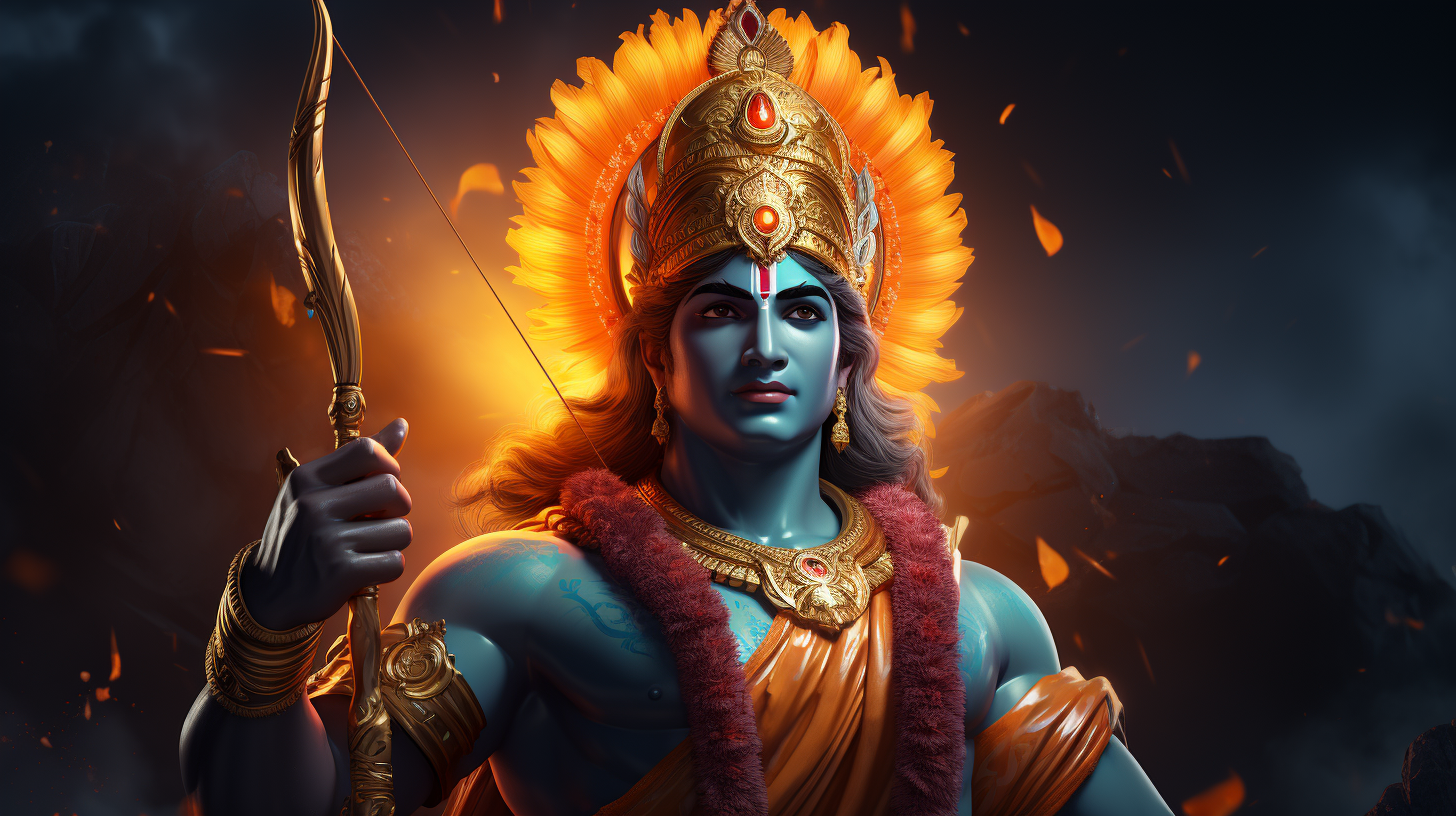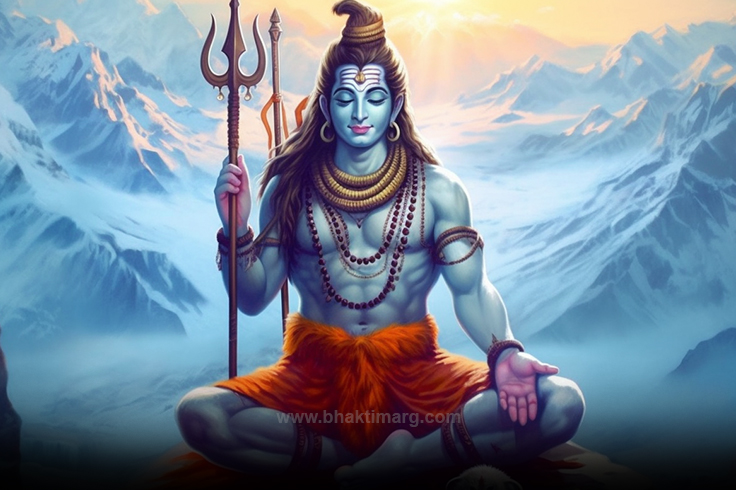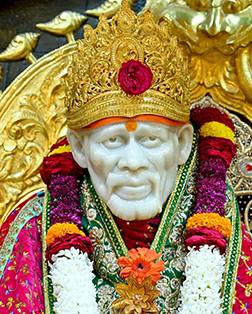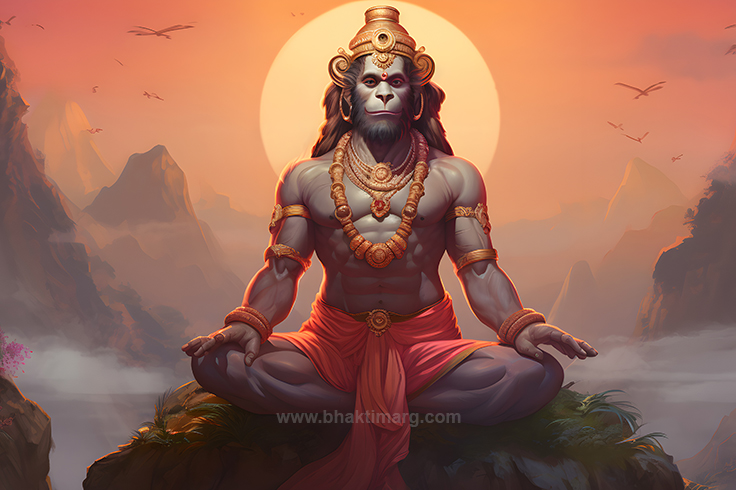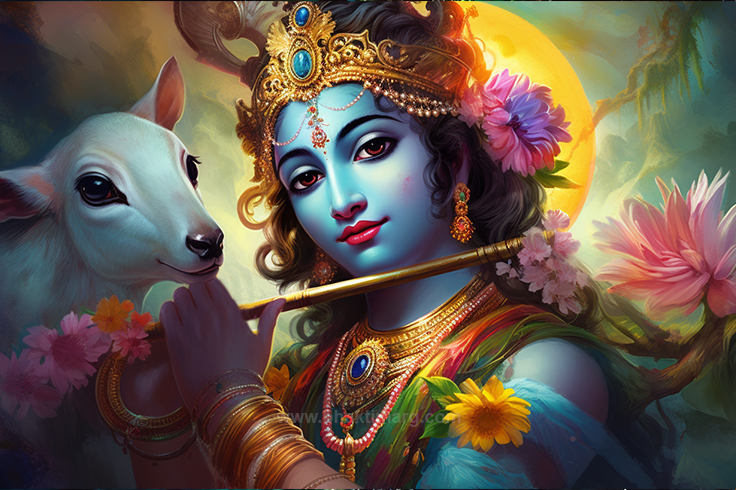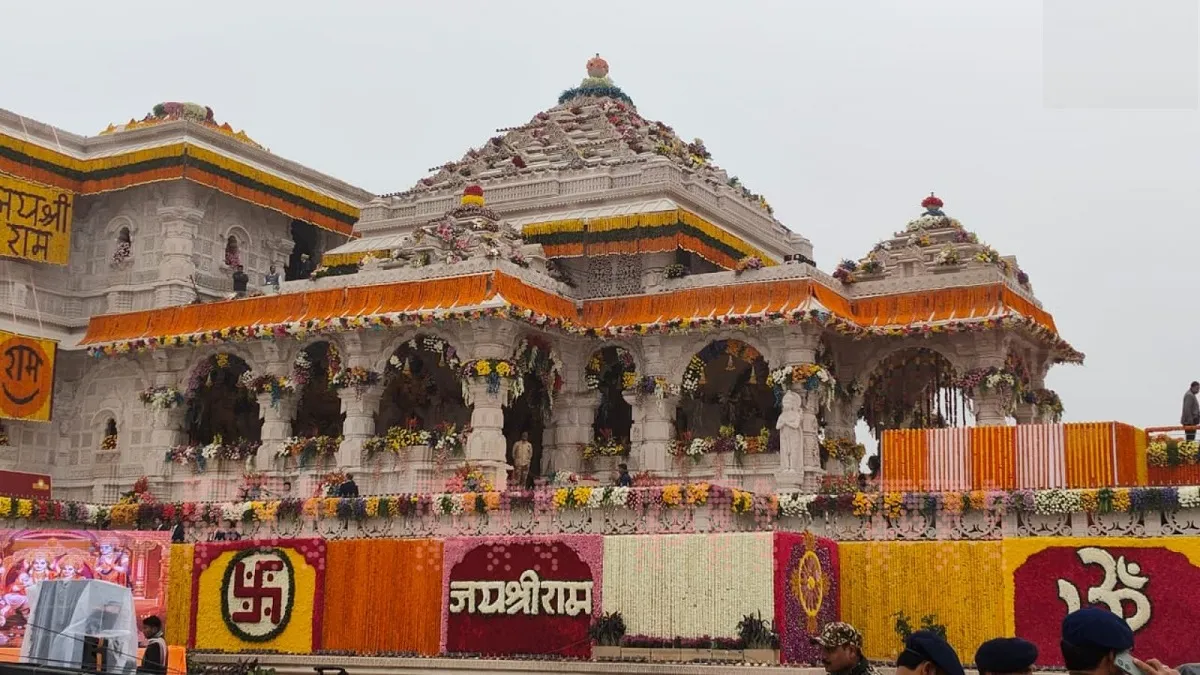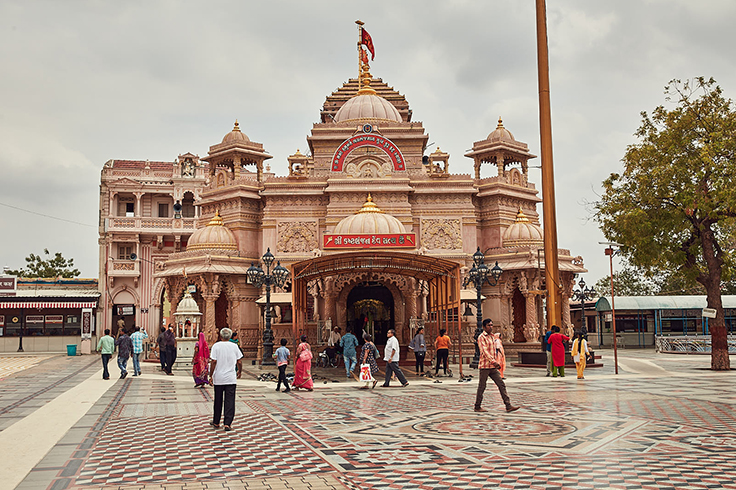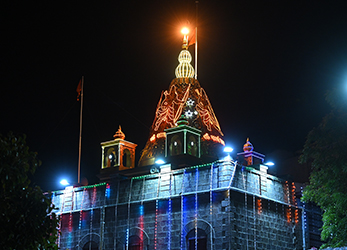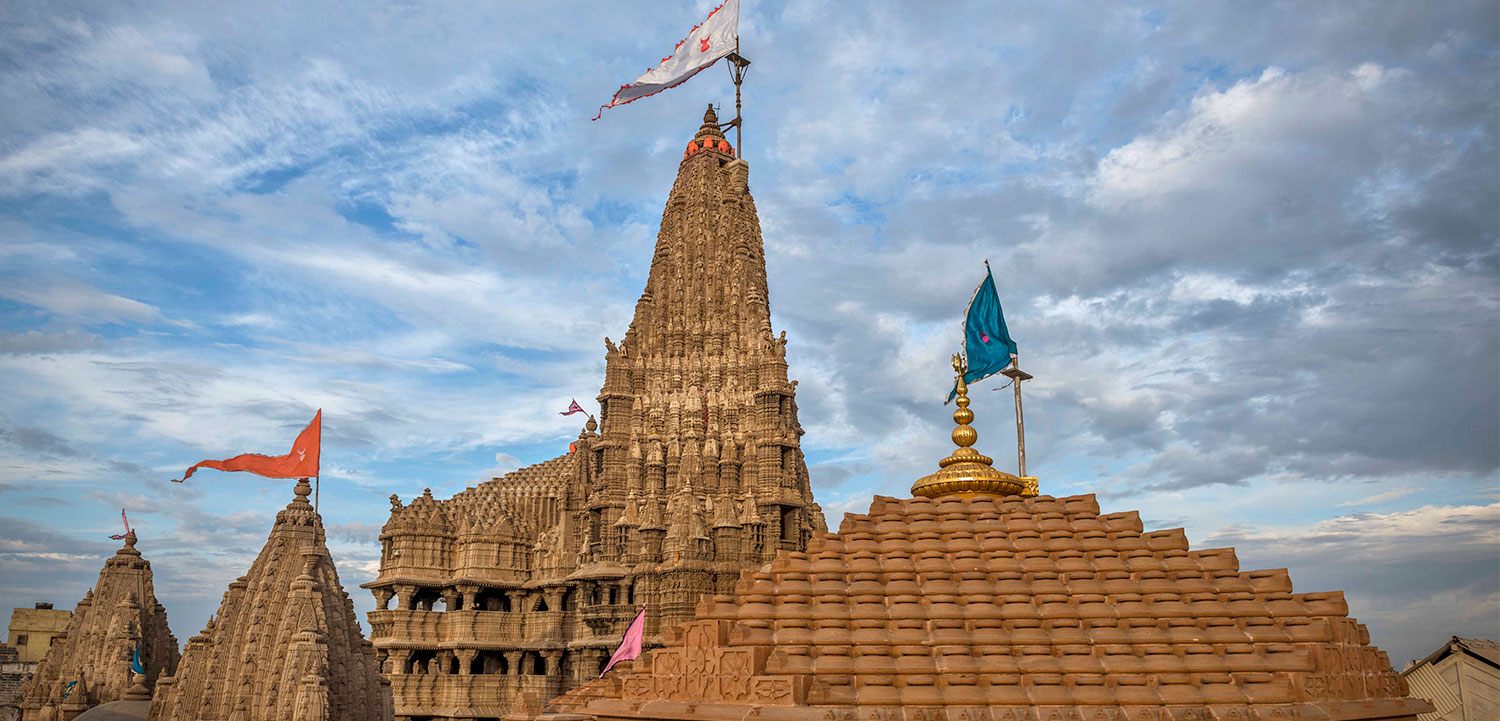
Navratri 2025: Dates, Timings & Significance
Navratri is one of the most celebrated and spiritually powerful festivals in India. It’s a season when loved ones gather, hearts open in prayer, and communities celebrate together through music, fasting, and devotion. In 2025, Sharad Navratri begins on Monday, 22 September, and concludes on Wednesday, 1 October. The celebrations will end with Vijayadashami, also known as Dussehra, on Thursday, 2 October 2025.
These nine days are not just about rituals; they represent a journey of devotion, discipline, and spiritual awakening. Each day is dedicated to one of the nine forms of Goddess Durga, and along with the puja rituals, devotees also observe special colors, mantras, and fasting rules.
Navratri 2025 Start and End Dates

Navratri in 2025 starts on the morning of 22 September, which is the day of Ghatasthapana or Kalash Sthapana. From that moment onwards, the divine energy of Goddess Durga is invoked in homes and temples, and the celebrations begin. The festival will last until 1 October, when Navami Puja is performed, and the following day, 2 October, will mark the celebration of Vijayadashami or Dussehra.
This period is considered extremely auspicious for worship, devotion, and spiritual practices. These nine days are believed to be when Goddess Durga visits her devotees, blessing them with power, peace, and the strength to conquer difficulties and fears.
Ghatasthapana Muhurat for Navratri 2025
The most important ritual on the first day of Navratri is Ghatasthapana or Kalash Sthapana. In 2025, this will take place on 22 September, Monday.
According to the muhurat, the ideal time for Ghatasthapana falls in the morning between 06:09 AM and 08:06 AM (IST). If for some reason the morning muhurat is missed, there is also a midday muhurat between 11:49 AM and 12:38 PM (IST).
Performing Kalash Sthapana at the right time is considered extremely important because it marks the beginning of the puja. The Kalash is filled with holy water, placed with mango leaves, and a coconut on top. It is then placed on a bed of rice or soil where barley seeds are sown. The Kalash, once placed, is believed to embody the presence of Maa Durga and remains the central point of devotion throughout Navratri.
Day-Wise Navratri 2025 Goddess Worship and Significance
Every day of the festival is a special occasion to connect with a distinct form of Maa Durga and seek her blessings. Along with her unique qualities, each day has a color, a mantra, and special offerings. Let’s go through all nine days of Navratri 2025.
Day 1 – 22 September 2025 (Monday): Maa Shailputri

The festival begins by honoring Maa Shailputri, the Himalayan princess of divinity, depicted atop a bull with a trident in one hand and a lotus in the other. Her presence symbolizes strength, stability, and grounding.
- Color of the Day: Orange – a vibrant shade that represents energy, enthusiasm, and determination.
- Mantra: Om Devi Shailaputryai Namah
Worshipping Maa Shailputri helps devotees build a strong spiritual foundation and removes fears. On this day, lighting a ghee lamp and offering pure ghee to Maa Shailputri is a cherished ritual among devotees. This form of Maa Durga is associated with the Muladhara Chakra (root chakra), making her worship especially powerful for those seeking balance and stability in life.
Day 2 – 23 September 2025 (Tuesday): Maa Brahmacharini

On the second day, devotees worship Maa Brahmacharini, the goddess of penance, devotion, and wisdom. She is seen holding a rosary in one hand and a kamandal (water pot) in the other.
- Color of the Day: White – symbolizing purity, peace, and inner calm.
- Mantra: Om Devi Brahmacharinyai Namah
Maa Brahmacharini blesses her devotees with strength, patience, and wisdom. Fasting on this day is believed to bring peace and harmony. She represents the Swadhisthana Chakra (sacral chakra), which governs emotions, creativity, and balance. Offerings of sugar and fruits are considered auspicious.
Day 3 – 24 September 2025 (Wednesday): Maa Chandraghanta

The third day of Navratri is devoted to Maa Chandraghanta, the fierce warrior Goddess who embodies courage and offers protection to her devotees. She rides a lion and wears a bell-shaped crescent moon on her forehead, which gives her the name “Chandraghanta.”
- Color of the Day: Red – symbolizing power, passion, and fearlessness.
- Mantra: Om Devi Chandraghantayai Namah
Chanting her mantra helps devotees remove obstacles, overcome fear, and protect themselves from negative forces. Maa Chandraghanta is associated with the Manipura Chakra (solar plexus chakra), which governs willpower and confidence. Devotees often prepare kheer or milk-based sweets as offerings on this day.
Day 4 – 25 September 2025 (Thursday): Maa Kushmanda

On the fourth day, devotees worship Maa Kushmanda, who is believed to have created the universe with her radiant smile. She is the source of light, vitality, and positivity.
- Color of the Day: Royal Blue – representing calmness, prosperity, and stability.
- Mantra: Om Devi Kushmandayai Namah
Maa Kushmanda showers her devotees with health, prosperity, and happiness. Her worship is connected to the heart chakra, nurturing love, compassion, and positivity. Offering pumpkin and green vegetables is considered auspicious.
Day 5 – 26 September 2025 (Friday): Maa Skandamata

The fifth day is dedicated to Maa Skandamata, the mother of Lord Kartikeya (also known as Skanda). She is a symbol of motherly love, compassion, and wisdom.
- Color of the Day: Yellow – associated with knowledge, positivity, and joy.
- Mantra: Om Devi Skandamatayai Namah
Her worship brings peace, prosperity, and spiritual growth. Maa Skandamata represents the Vishuddha Chakra (throat chakra), which governs truth and communication. Devotees usually offer bananas and yellow-colored sweets to the Goddess.
Day 6 – 27 September 2025 (Saturday): Maa Katyayani

The sixth day of Navratri is dedicated to Maa Katyayani, the warrior form of Durga. She is known to destroy evil and protect her devotees. Many unmarried girls also worship her to find a good life partner.
- Color of the Day: Green – representing growth, harmony, and prosperity.
- Mantra: Om Devi Katyayanyai Namah
Chanting this mantra helps devotees remove obstacles, attract blessings, and fulfill desires. Maa Katyayani is linked with the Ajna Chakra, or third eye chakra, which guides intuition and deep spiritual insight. Honey and sweets are offered to her.
Day 7 – 28 September 2025 (Sunday): Maa Kalaratri

On the seventh day, devotees worship Maa Kalaratri, the fiercest form of Goddess Durga. Despite her terrifying appearance, she is believed to be the destroyer of negativity, ignorance, and fear.
- Color of the Day: Grey – symbolizing strength, transformation, and balance.
- Mantra: Om Devi Kalaratryai Namah
Worshipping her removes obstacles, enemies, and negative influences. She represents the Sahasrara Chakra (crown chakra), guiding devotees toward ultimate liberation. As part of the rituals, devotees present jaggery and sesame seeds to the Goddess to invite her grace and protection.
Day 8 – 29 September 2025 (Monday): Maa Mahagauri

The eighth day, also known as Durga Ashtami, is dedicated to Maa Mahagauri. She is known for her radiant beauty, purity, and calm nature. Devotees believe that worshipping her washes away sins and blesses them with peace.
- Color of the Day: Purple – representing spirituality, devotion, and dignity.
- Mantra: Om Devi Mahagauryai Namah
On this day, many devotees perform Kanya Pujan, where young girls are worshipped as manifestations of Goddess Durga. Coconut, sweets, and flowers are offered. Maa Mahagauri is associated with the Sahasrara Chakra, symbolizing divine knowledge.
Day 9 – 1 October 2025 (Wednesday): Maa Siddhidatri

The ninth day, known as Navami, is devoted to Maa Siddhidatri, the Goddess who grants perfection and divine powers (siddhis) to her devotees. She completes the Navratri worship by granting wisdom and fulfillment.
- Color of the Day: Peacock Green – symbolizing prosperity, vitality, and balance.
- Mantra: Om Devi Siddhidatryai Namah
Her worship is believed to fulfill wishes and guide devotees toward enlightenment. She governs all chakras, representing ultimate perfection. Devotees usually offer sesame seeds, fruits, and flowers.
Navratri Puja Vidhi and Rituals

Navratri puja rituals are deeply symbolic and bring families together in devotion.
- Ghatasthapana: The festival begins with establishing the Kalash on Day 1.
- Daily Durga Puja: Devotees light sacred diyas, recite Durga mantras, and offer fresh flowers and fruits to honor the Goddess.
- Fasting Rules: Many devotees fast by consuming fruits, milk, or simple sattvic food. Some fast until the evening aarti.
- Kanya Pujan: On Ashtami or Navami, young girls are worshipped as living embodiments of the Goddess. They are offered food, gifts, and blessings.
- Havan / Homa: On the last day, devotees perform a sacred fire ritual to conclude the puja and seek blessings for the family’s well-being.
Spiritual Significance of Navratri

More than a cultural event, Navratri is a time for spiritual reflection, devotion, and inner growth. It marks the victory of Goddess Durga over Mahishasura, reminding us that good always triumphs over evil. Each day teaches a lesson of courage, devotion, balance, and wisdom.
Every region in India brings its own unique traditions and customs to Navratri, making the festival a colorful and diverse celebration. In Gujarat, people gather every night for Garba and Dandiya Raas. In West Bengal, Navratri merges with grand Durga Puja pandals where Maa Durga’s idols are worshipped with artistic splendor. In North India, Ramlila performances retell the story of Lord Rama, culminating in the burning of Ravana’s effigy on Dussehra.
This diversity makes Navratri a festival that is not just religious but also cultural, uniting people across India.
Embracing the Spirit of Navratri

Navratri 2025, from 22 September to 1 October, will be nine days filled with devotion, fasting, colors, and joy. Each day brings us closer to Maa Durga, reminding us of her different forms and the lessons they teach. By following the daily rituals, wearing the colors, and chanting the mantras, devotees can connect with divine energy and invite positivity, protection, and prosperity into their lives.
Navratri Frequently Asked Questions (FAQs)
Q1. When is Navratri 2025 starting?
Navratri 2025 begins on Monday, 22 September 2025.
Q2. When is Navratri 2025 ending?
Navratri ends on Wednesday, 1 October 2025, followed by Dussehra on 2 October.
Q3. What is the Ghatasthapana Muhurat for Navratri 2025?
The most auspicious Ghatasthapana timings are 06:09 AM – 08:06 AM and 11:49 AM – 12:38 PM (IST) on 22 Sept 2025.
Q4. Which goddess is worshipped on Day 1 of Navratri 2025?
On Day 1, Maa Shailputri is worshipped, representing purity and strength.
Q5. What are the 9 colors of Navratri 2025?
The nine colors include Orange, White, Red, Royal Blue, Yellow, Green, Grey, Purple, and Peacock Green.




